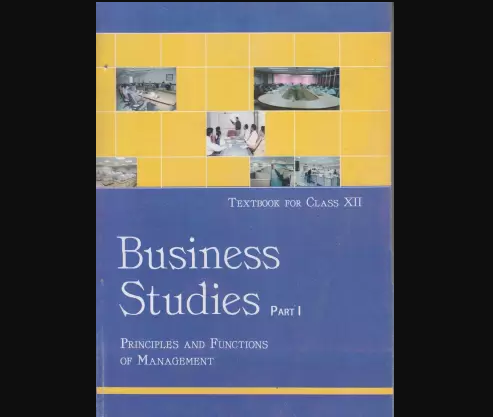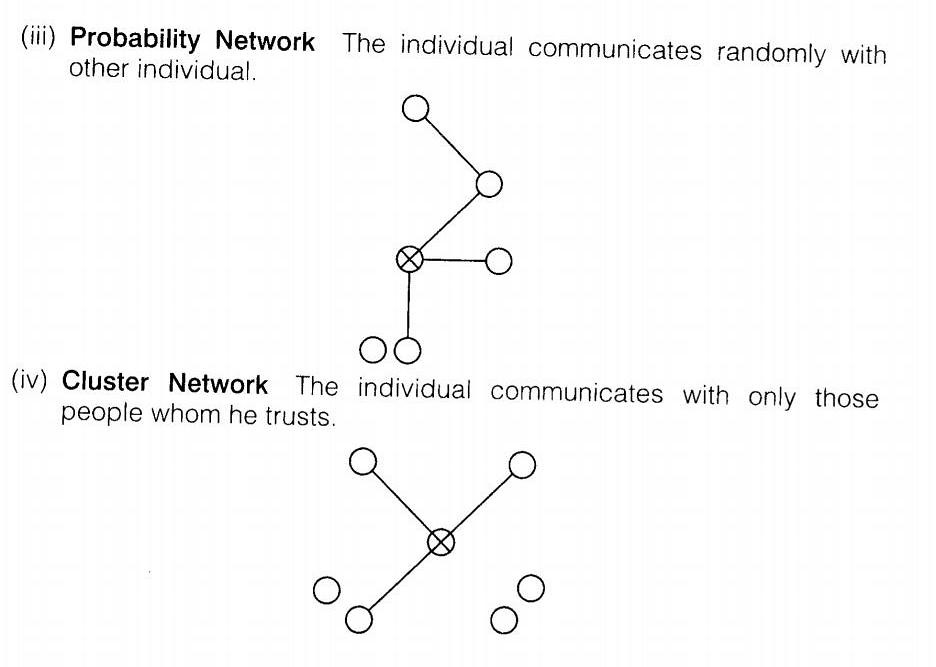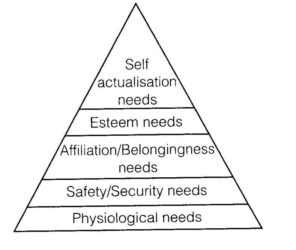1. Distinguish between leaders and managers.
Ans: Difference between Managers and Leaders

2. Define Motivation.
Ans: Motivation is defined as inducing, inspiring and stimulating a person to perform with their best ability, to accomplish the goal. It depends upon satisfying needs of people. In the words of Farland, “motivation is the way in which urges, desires, aspirations or needs, direct control and explain the behaviour of human beings”.
3. What is informal communication?
Ans: The social interactions, gossips, friendly talks and non official matters which are discussed among different members of organisation who are not officially recognised is known as informal communication or we can say the communication that takes place without following the formal guidelines of communication is said to be informal communication. This type of communication establishes the personal relationship among employees. It is flexible, dynamic and no records of information communication are maintained under this Informal communication system is generally referred to as “Grapevine”.
4. What are semantic barriers of communication?
Ans: While communicating a message, misrepresentation of communication causes misunderstanding on account of use of wrong words lack of vocabulary skills, faulty translations, different interpretations is known as semantic barriers. It is concerned with the problems which arises in the process of encoding and decoding of message into words or impressions. Main causes of semantic barriers are listed below
(i) Badly expressed message
(ii) Symbols with different meanings
(iii) Faulty translations
(iv) Unclarified assumptions
(v) Technical jargon
(vi) Body language and gesture decoding
5. Who is a supervisor?
Ans: Supervision means instructing, guiding, monitoring motivating and observing the activities of employees from over and above. The person who is performing the work of supervision is known as supervisor. Supervisor is the link between management and subordinates. He is the person who translates the policies and plan of management to the subordinates and revert back the complaint, suggestions and feedback of subordinates to management.
6. What are the elements of directing?
Ans: Directing comprises of four elements
(i) Supervision It can be understood as the process of guiding and instructing the efforts of employees.
(ii) Motivation The process of encouraging the employees in order to help them in achieving the desired goals is known as motivation.
(iii) Leadership It is the process of influencing the behaviour of people by making them strive voluntarily towards achievement of organisational goals.
(iv) Communication It is the process of exchange of ideas, views, facts, feelings etc between or among people to create common understanding.
7. Explain the process of motivation.
Ans: Motivation process is based on how unsatisfied human need gets satisfied and results in reduction of tension.
The steps of motivation process are as follows
(i) Unsatisfied Need The need of an individual which is not satisfied.
(ii) Tension Unsatisfied need creates tension.
(iii) Drive This tension creates drive and an individual starts looking for alternatives to satisfy the need.
(iv) Search Behaviour Then he starts behaving as per chosen option.
(v) Satisfied Need After opting the chosen behaviour his need got satisfied.
(vi) Reduction of Tension The fulfillment of need results in relieving of tension.
8. Explain different networks of grapevine communications.
Ans: Grapevine communications may follow different types of network they are







